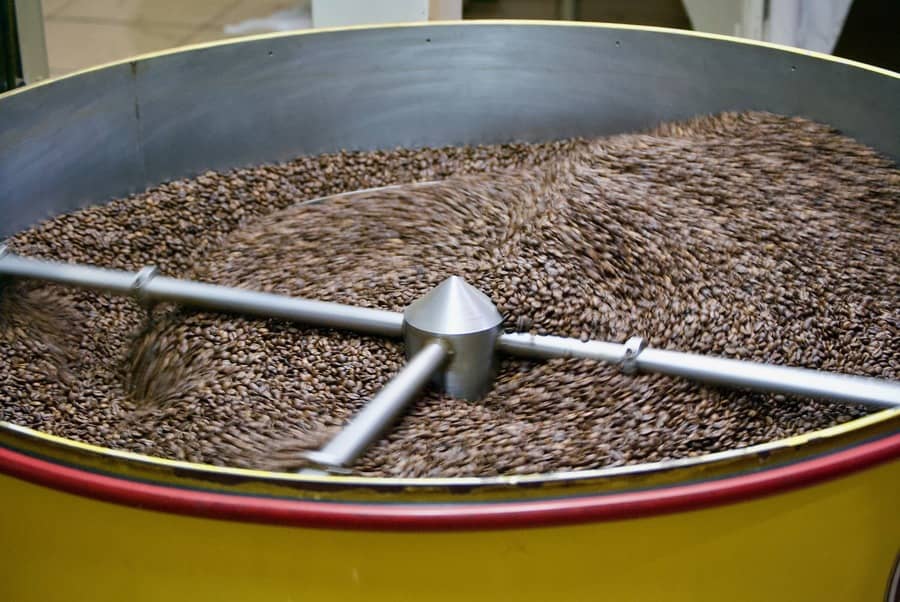The new decline in international coffee prices ended up distorting the basis of negotiations in the internal physical market and resulting in strong resistance on the side of sellers. The main thermometer is the FOB export market, where, besides the strengthening of prices, there was also a sharp increase in the spread between bids and offers, which helped to further halt negotiations. The fact is that sellers tried to compensate for the ICE losses via differentials, sending offers higher. But buyers did not follow this realignment in their bids, which were well below offers. In addition, there was a lack of uniformity, with conflicting and nominal indications, which is typical of sudden changes in the market.
Good MTGB coffee is offered in the port of Santos at +9 cents against ICE US, with sellers trying to offset a good part of the losses in the New York Stock Exchange. The scarcity of available supply, with the advance of the off-season, serves as an argument for strengthening the sell indications. Buyers remain very distant, keeping bids between -8 and -5 cents, and those with more need for liquidity are even getting on par with ICE US. So the indications have been nominal, with difficulty in setting prices, hence with just a few deals. This same rationale applies to fine cup 17/18, offered with a premium of +15 cents and timidly bidded between -1 and +5 cents FOB Santos.
Business reports involved Rio Minas 17/18 at USD 167.00 and 15/16 at USD 162.00 for a 50-kg bag (flat price). In differentials, the idea between the ends ranges from -3 to +7 cents against ICE US. And finally, conillon 13 up, which was nominally bidded at +10 cents, but is offered at +27 cents/lb against ICE Europe based on the Port of Vitória. The very high premium takes away the competitiveness of Brazilian conillon in the international market and ends up concentrating the commercial flow to the internal supply, as desired by the domestic industry.

